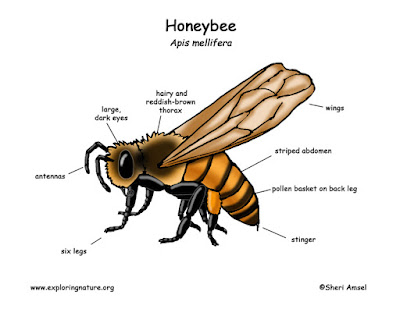Welcome back to evolution of venom, in today’s blog topic, we will be covering birds. Although there is currently no known bird species that produces or actively inject venom, some species of birds that are toxic to eat or even touch. A brief recap: we covered amphibians that use venom.
The Hooded pitohui (Pitohui dichrous) is a species of bird that belongs to the genus Pitohui that is found in New Guinea. The skin and feathers of this bird and others belonging to the same genus contain a neurotoxin called Homobatrachotoxin. Homobatrachotoxin belongs to a group of neurotoxins called neurotoxic steroidal alkaloids or batrachotoxin which stabilize the open form of voltage-gated sodium channels in nerve and muscle membranes (Dumbacher et al, 2000). This toxin was previously found in Central American poison dart frogs. Below is a picture of the Hooded pitohui and the chemical formula of Homobatrachotoxin (Boland, 2001). The Hooded pitohui diet of beetles may have contributed to the toxins in the skin and feathers, but it is still currently being debated.
Formula taken by Boland, W and picture of Hooded
pitohui by Unknown.
The Spur-winged
Goose (Plectropterus gambensis) is a
species of bird that resides in Africa belongs to the Genus Plectropterus. Like the Hooded pitohui,
the Spur-winged Goose also has a neurotoxin that is found in the feathers and
skin, but their neurotoxin is different from the birds belong to the genus Pitohui. The neurotoxin found in the
Spur-winged Goose is called Cantharidian which comes from their diet of blister
beetles. Cantharidian is considered to be highly toxic to humans as it causes
blistering upon skin contact and when ingested can lead to death (Boland,
2001). Below is the chemical formula for Cantharidian and a picture of a
Spur-winged Goose.
Formula taken by Boland, W and picture of
Spur-winged goose by unknown.
For the last post
for this blog, we will be covering the medical uses of vemon.
References
Boland, W. 2001, "Chemistry and ecology of toxic birds", ChemBioChem, vol. 2, no. 11, pp. 809-811.
Dumbacher, J.P., Spande, T.F. & Daly, J.W. 2000, "Batrachotoxin Alkaloids from Passerine Birds: A Second Toxic Bird Genus (Ifrita kowaldi) from New Guinea", Proceedings of the National Academy of Sciences of the United States of America, vol. 97, no. 24, pp. 12970-12975.
Picture references
https://upload.wikimedia.org/wikipedia/commons/6/61/Pitohui_dichrous.jpg
https://en.wikipedia.org/wiki/Spur-winged_goose#/media/File:Spur-winged_Goose_RWD4.jpg




















